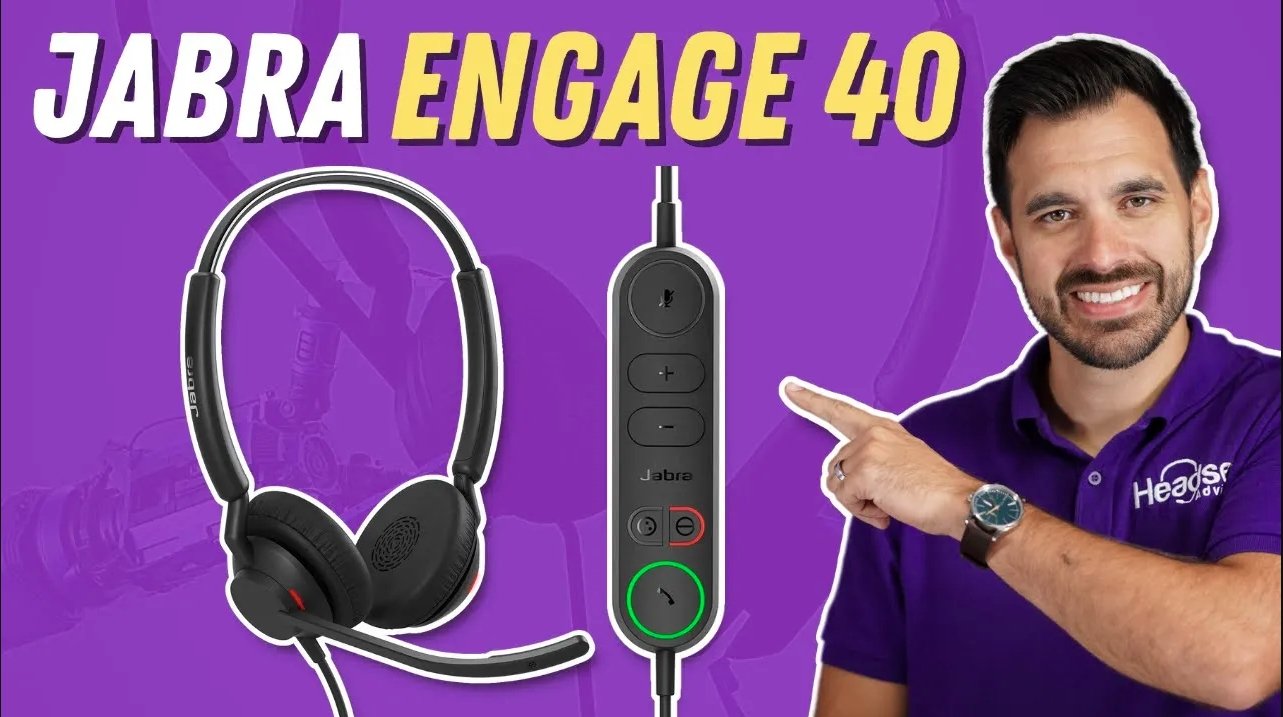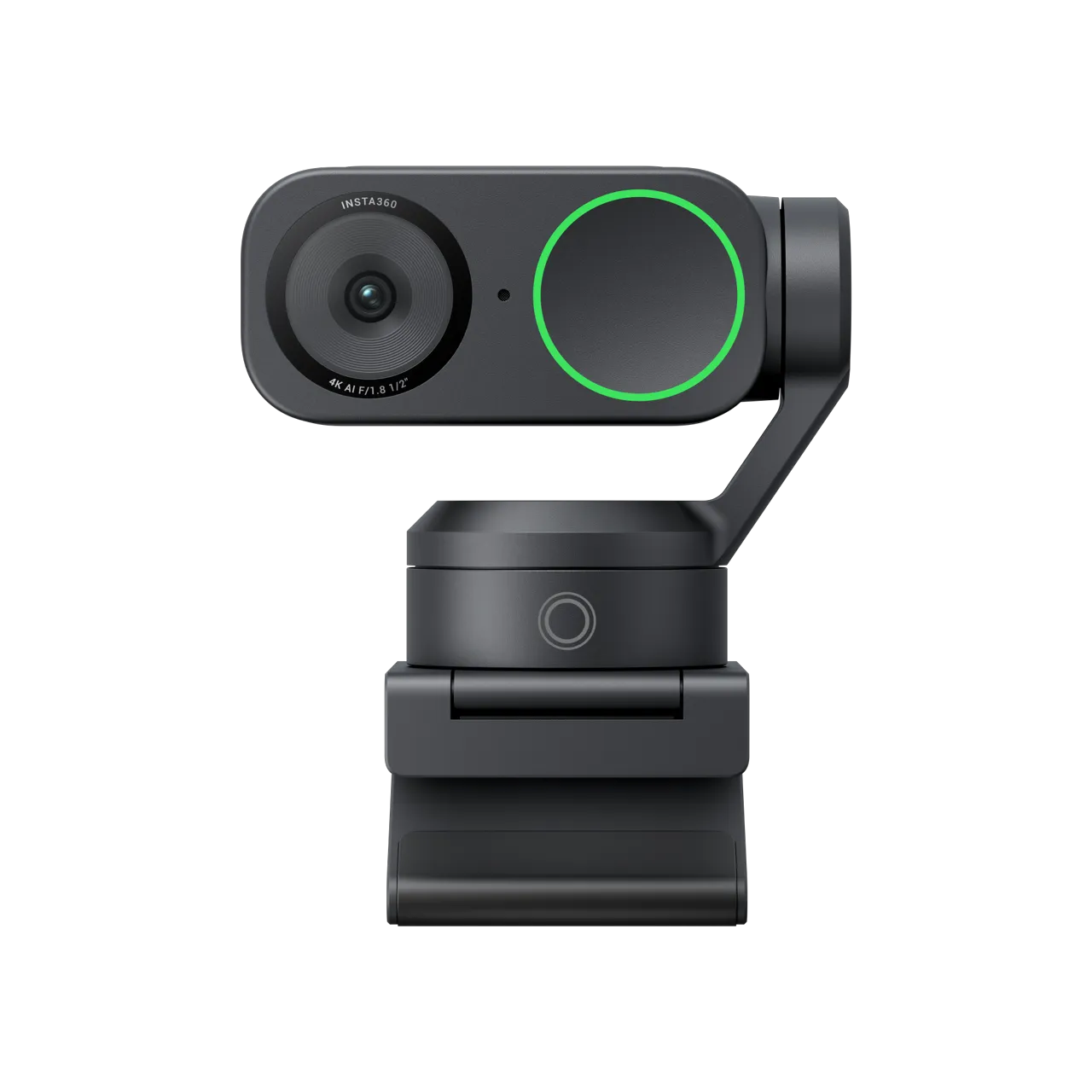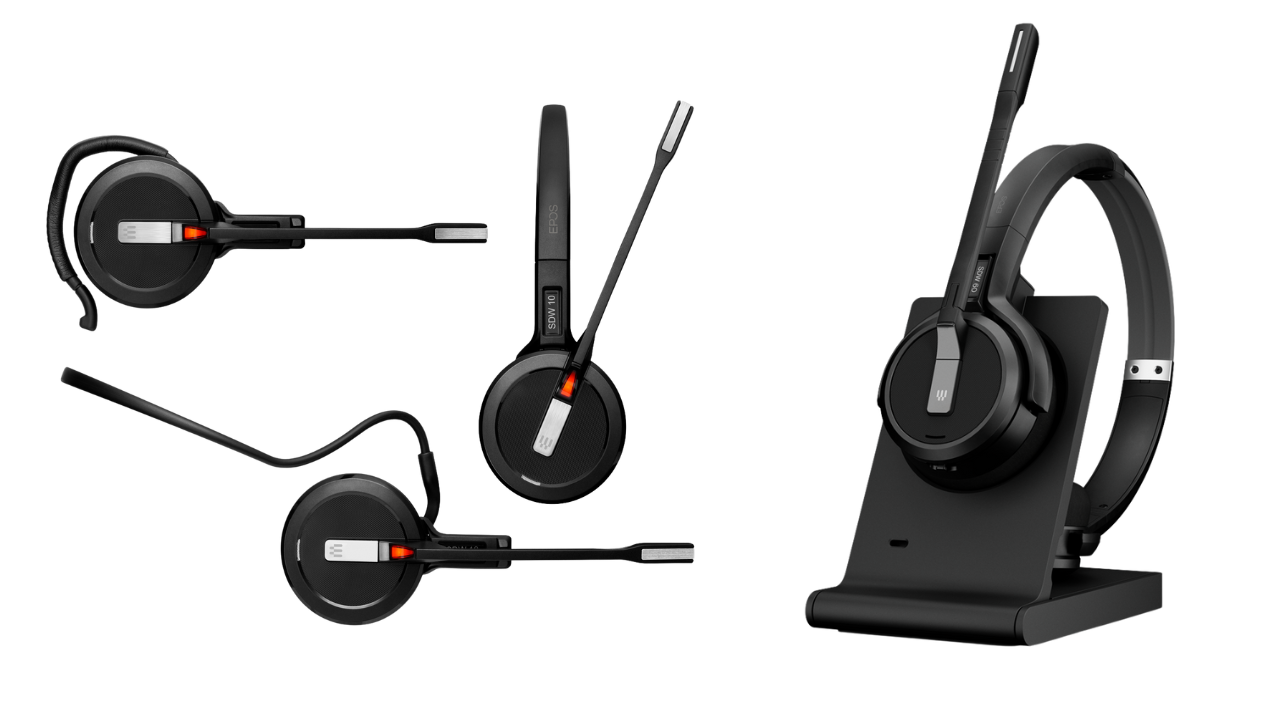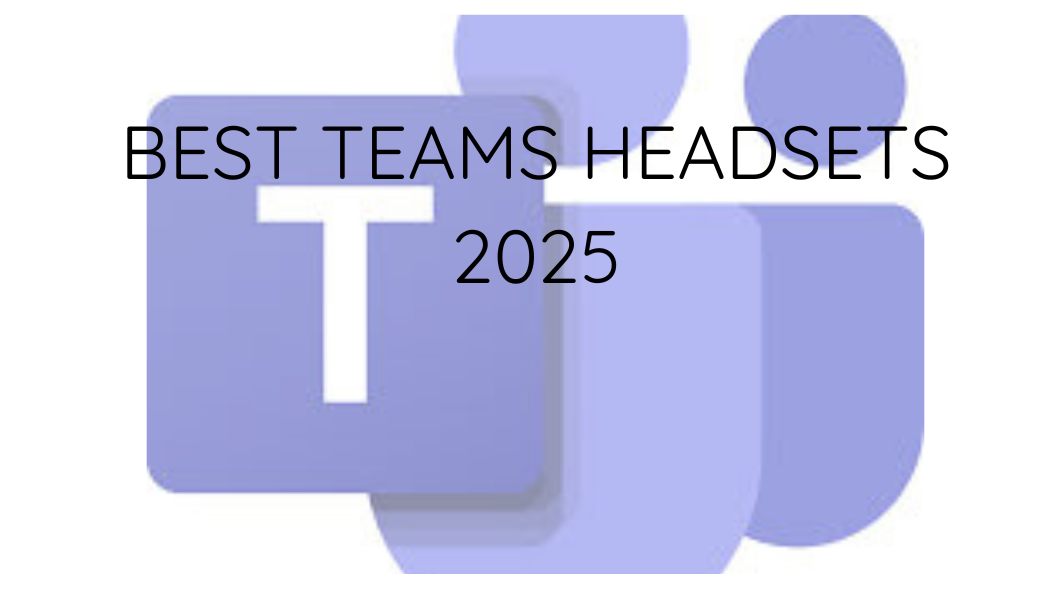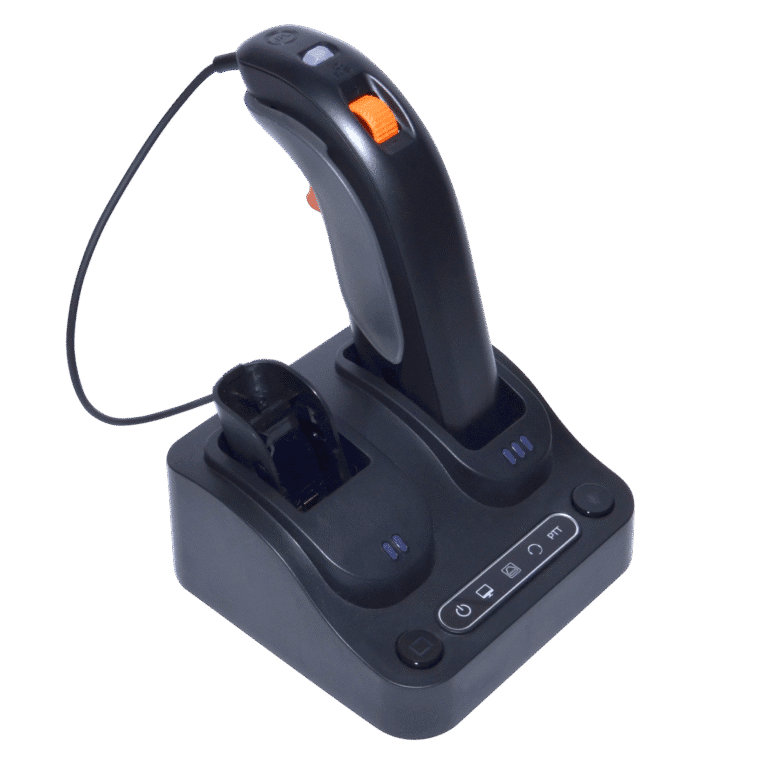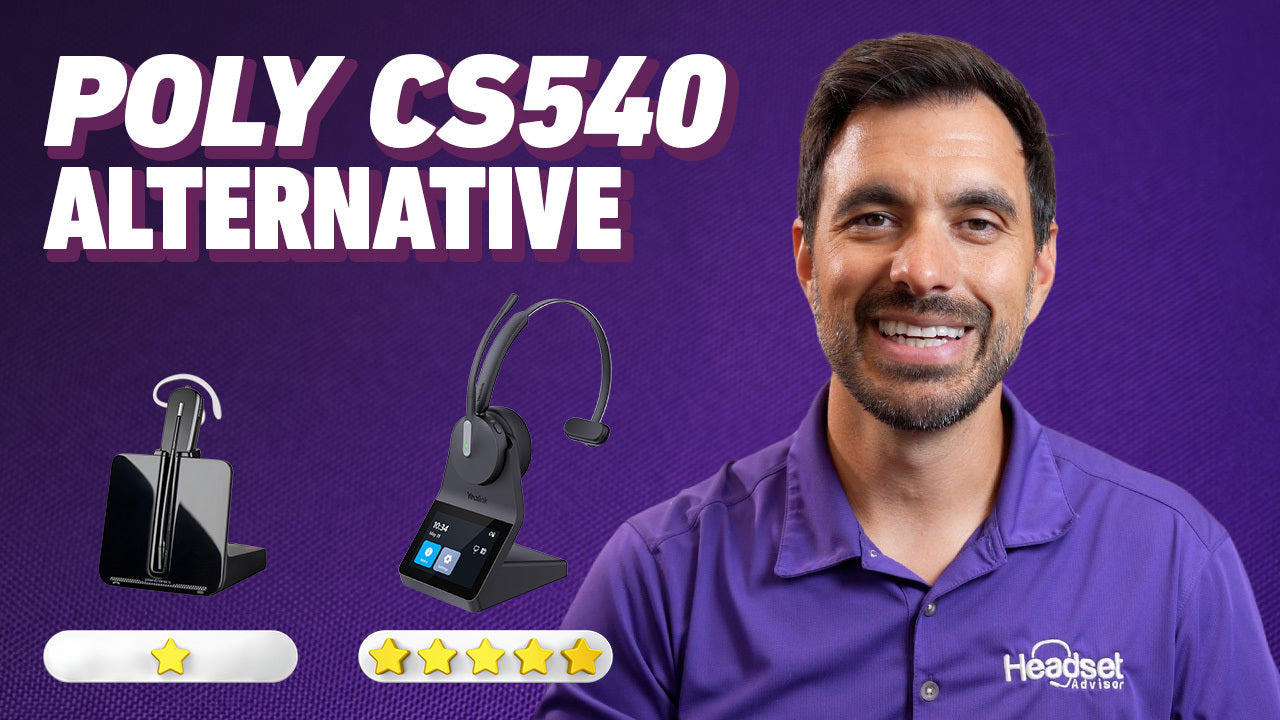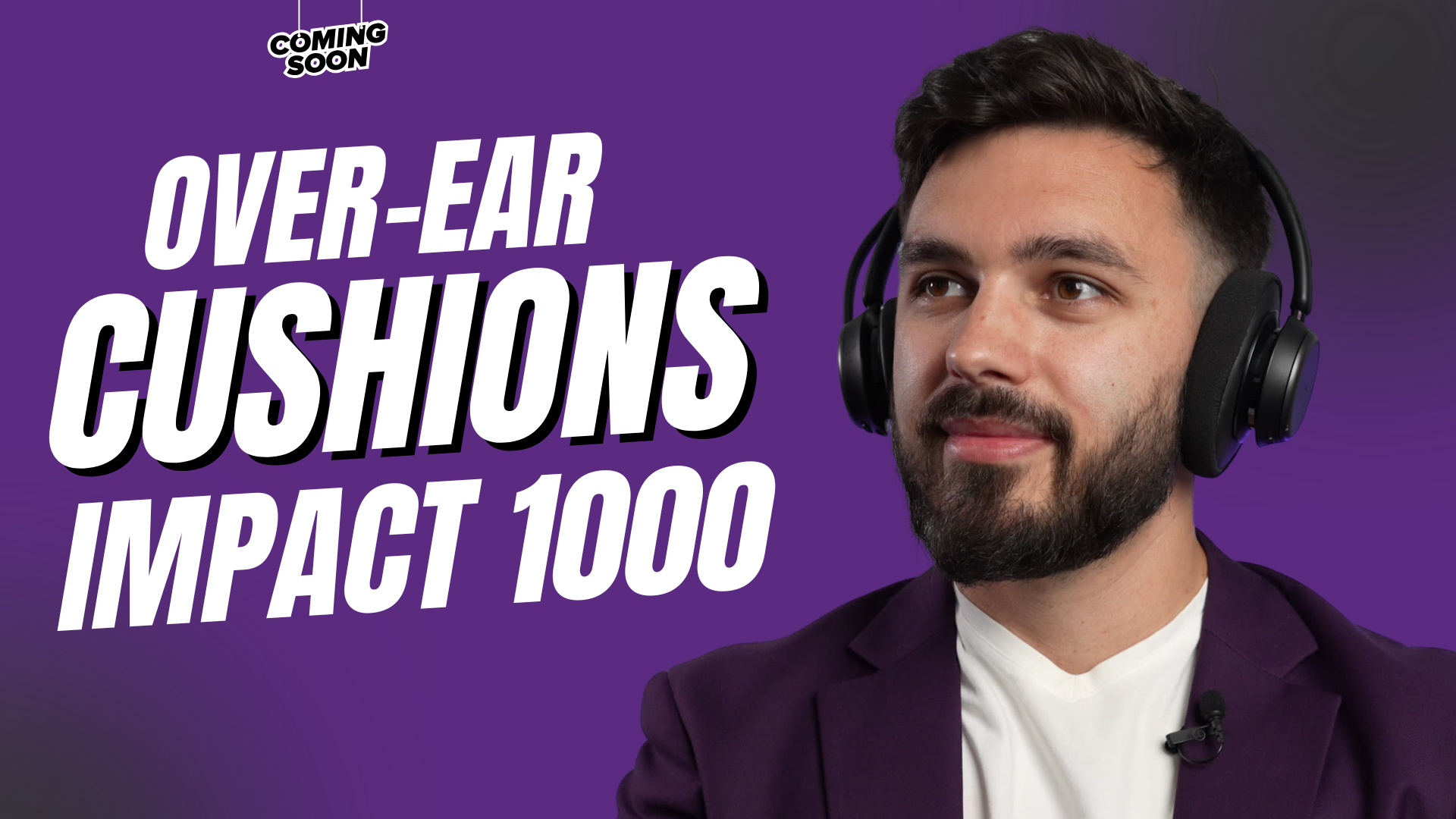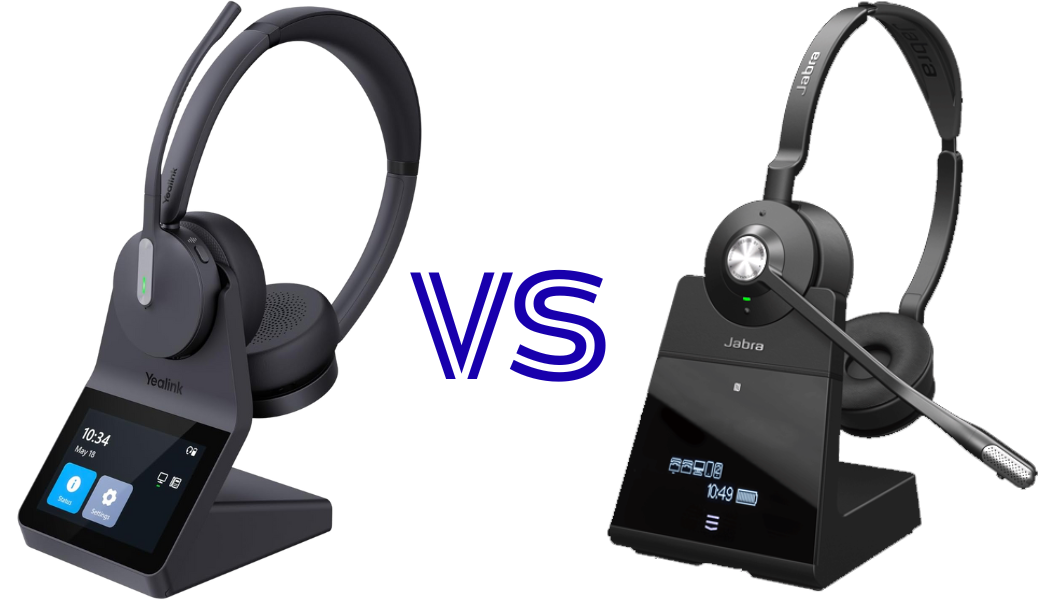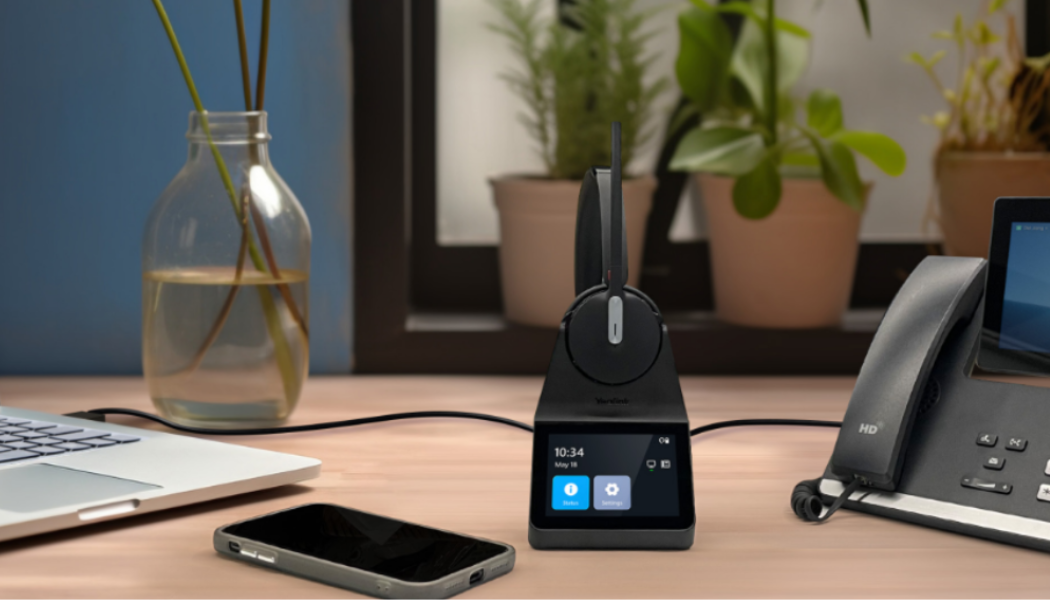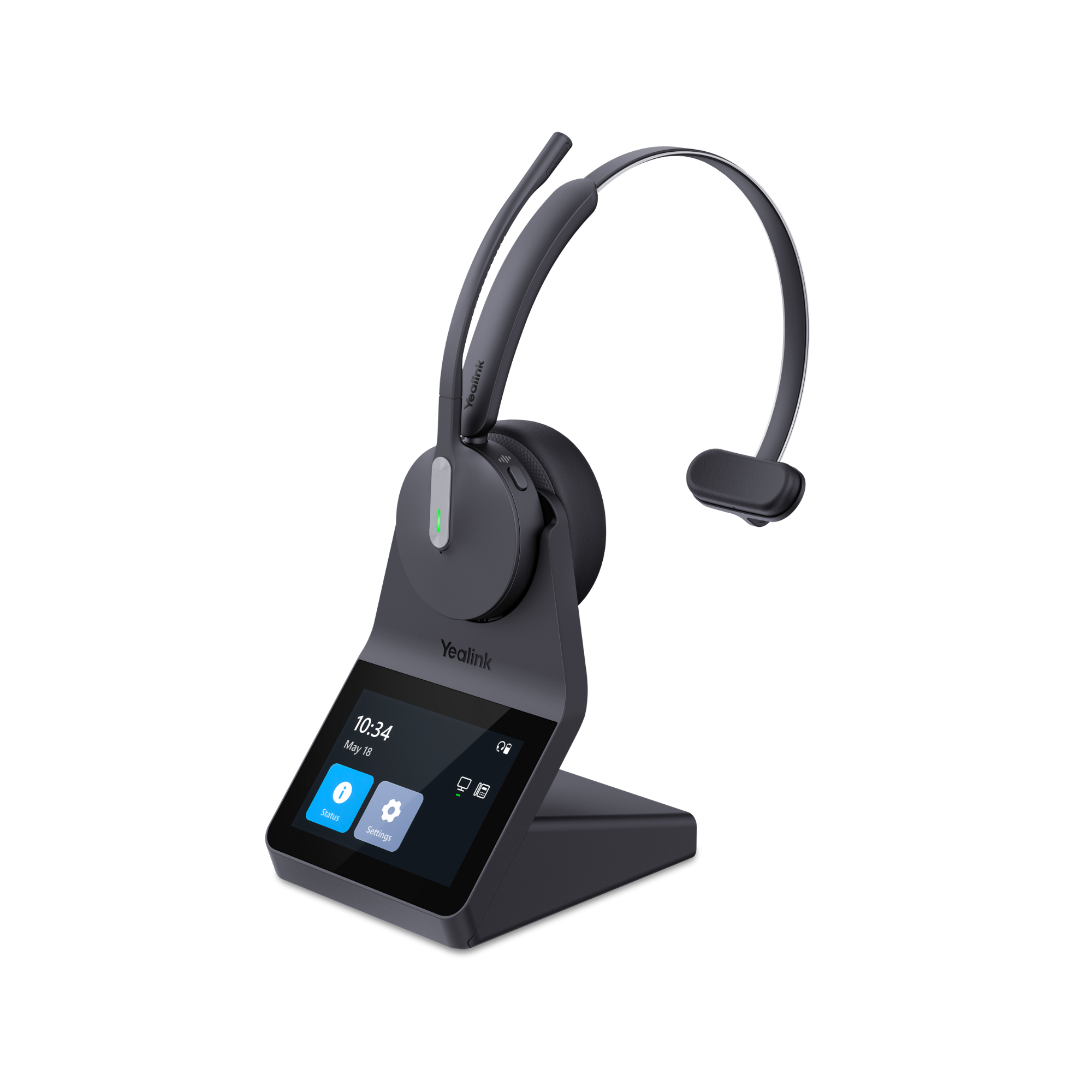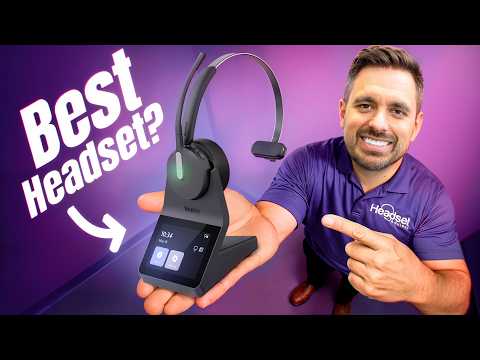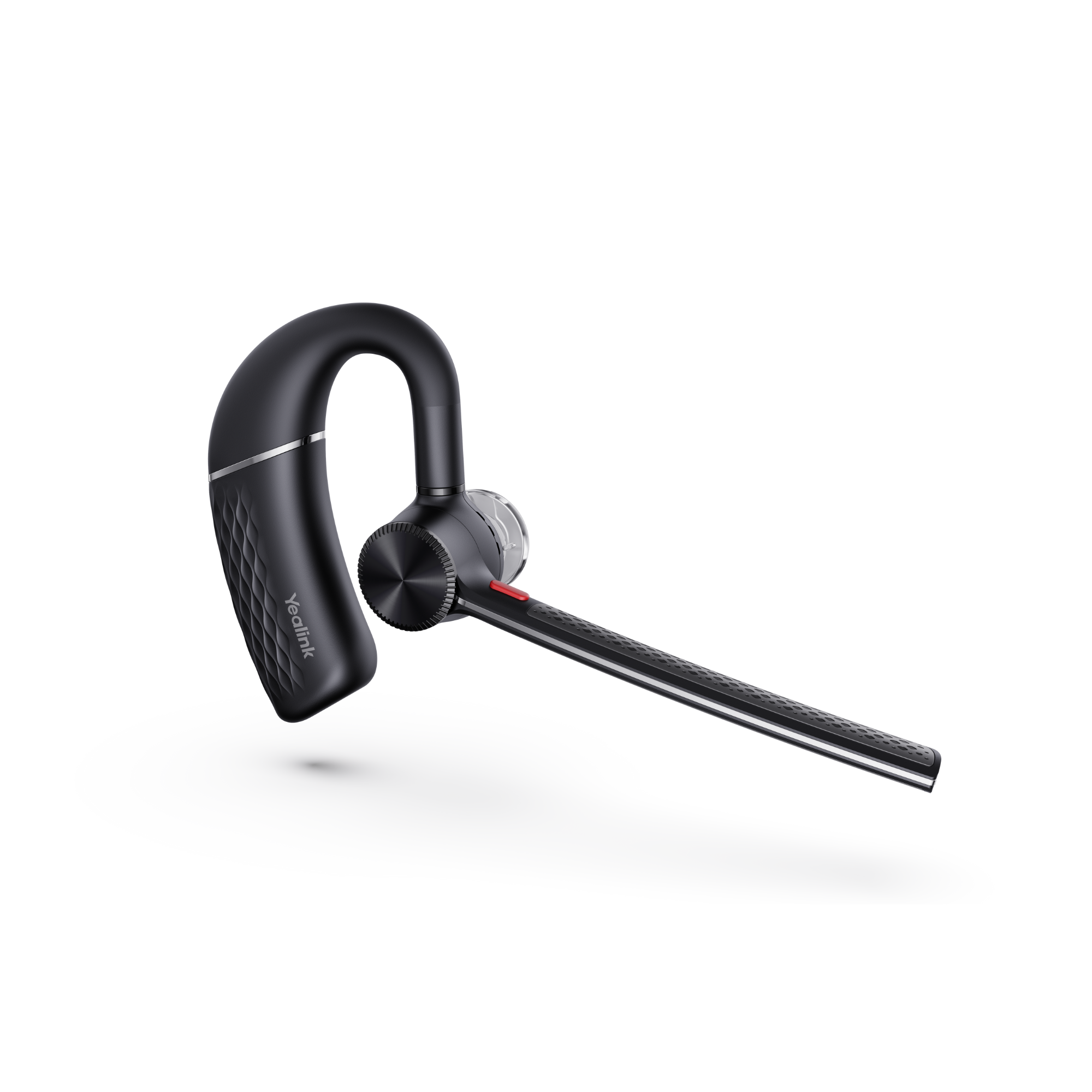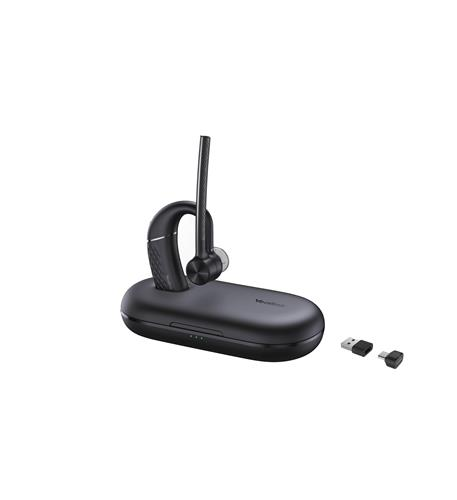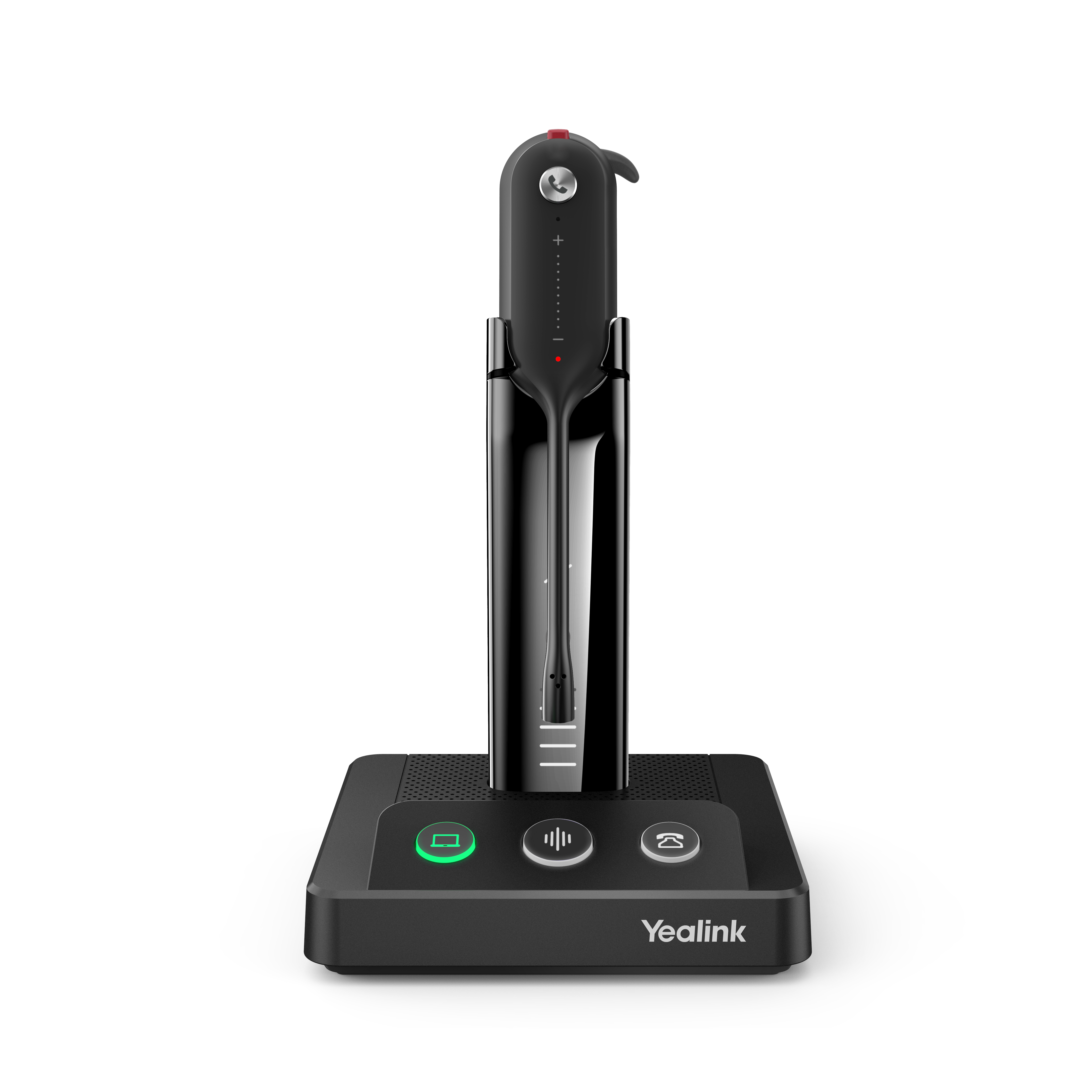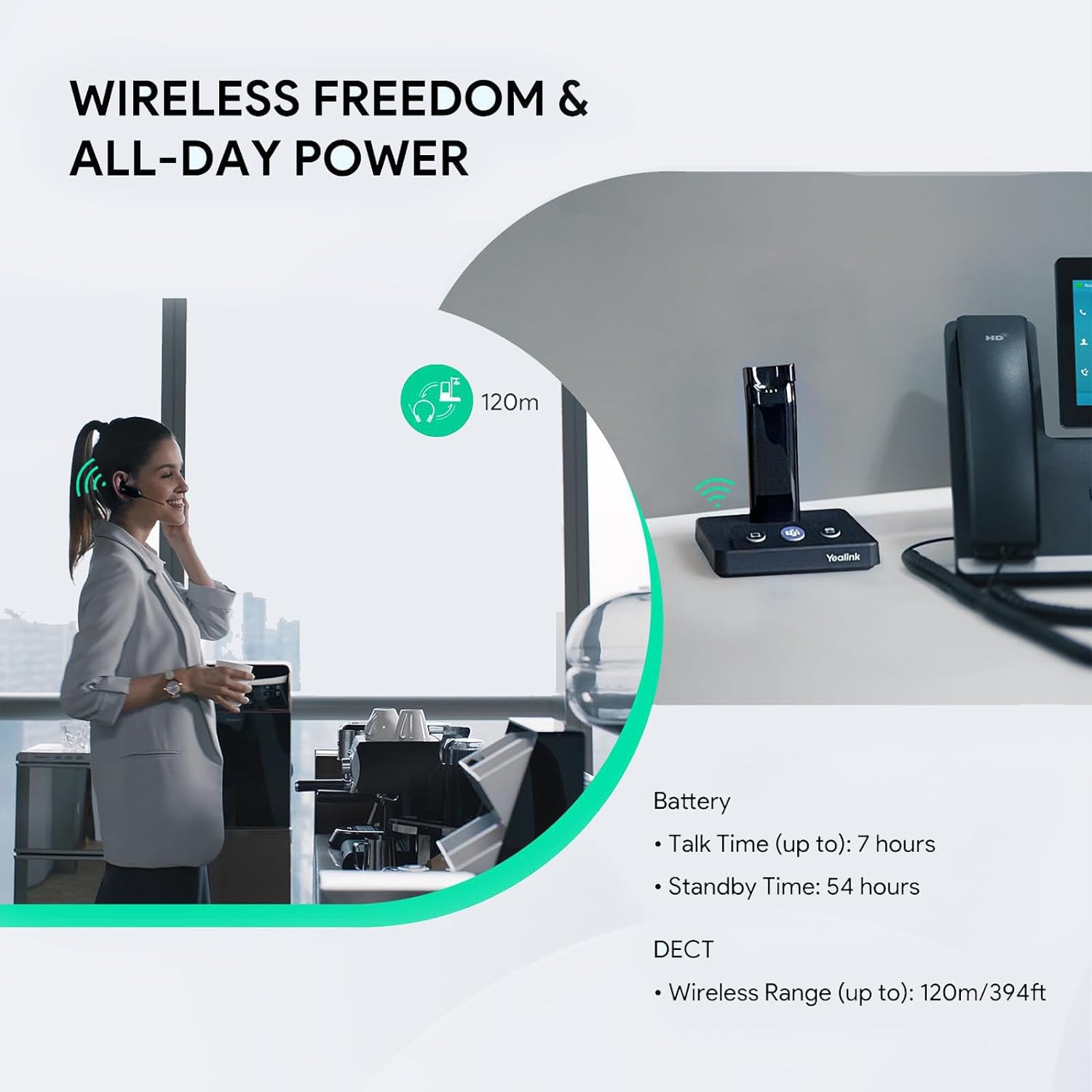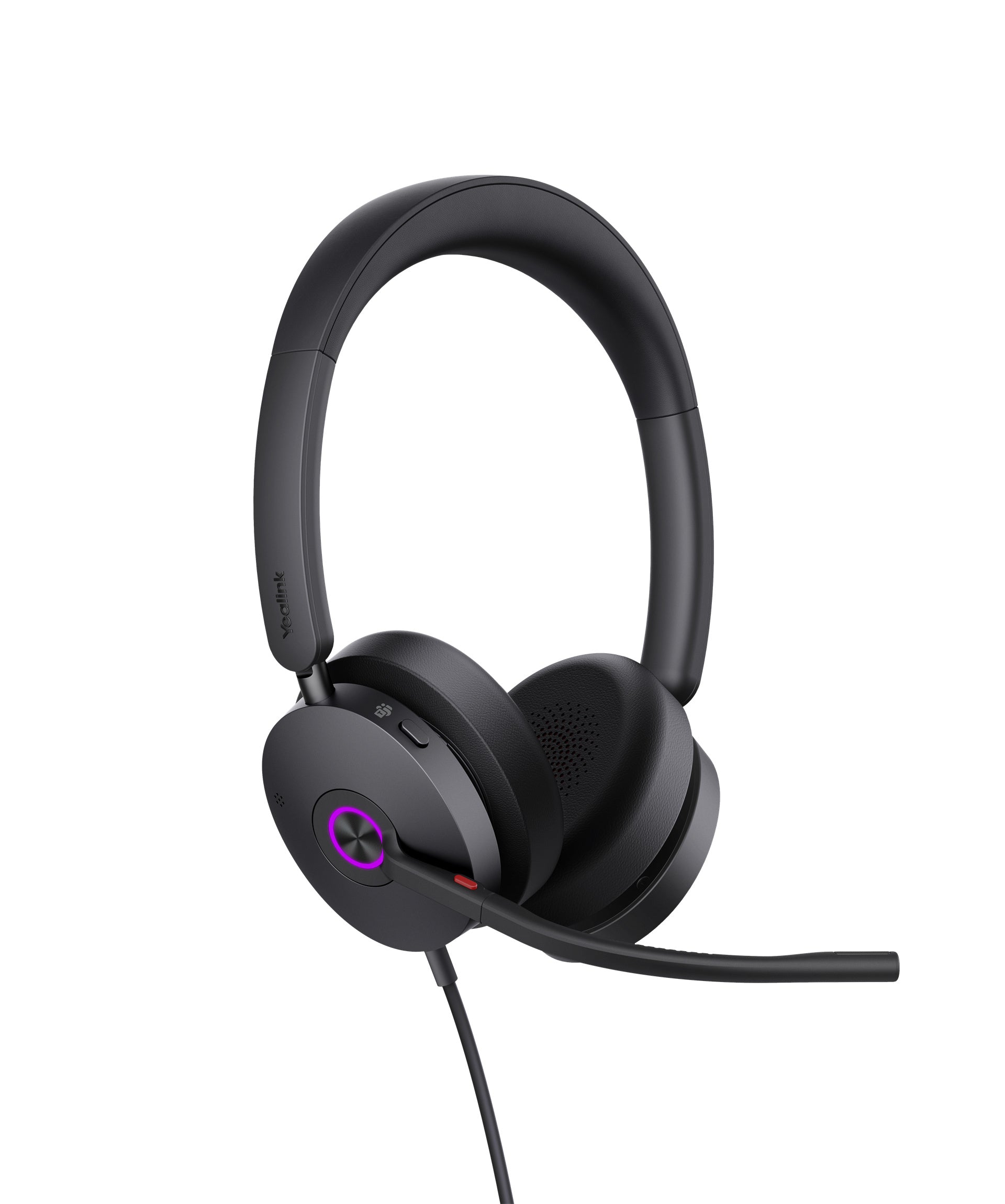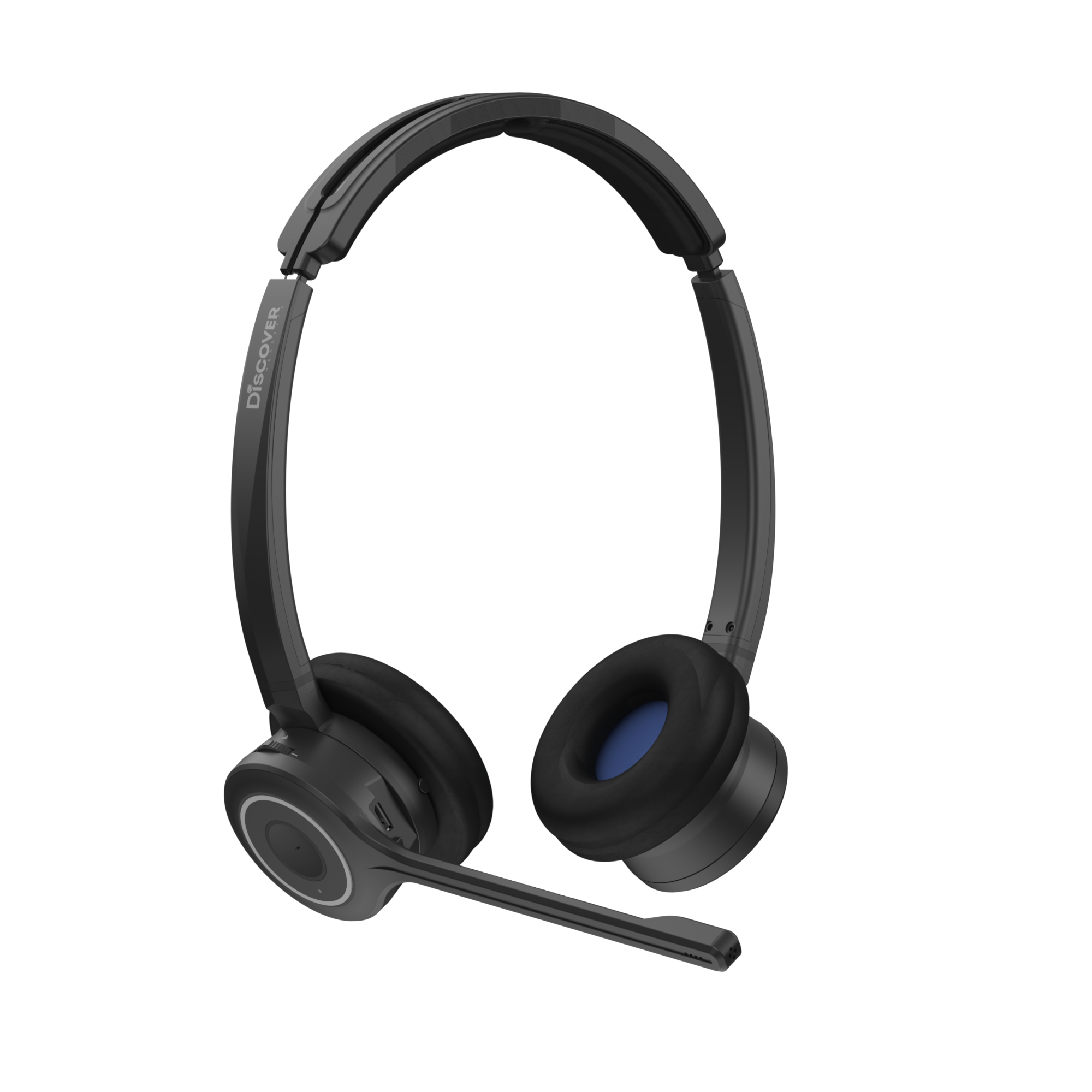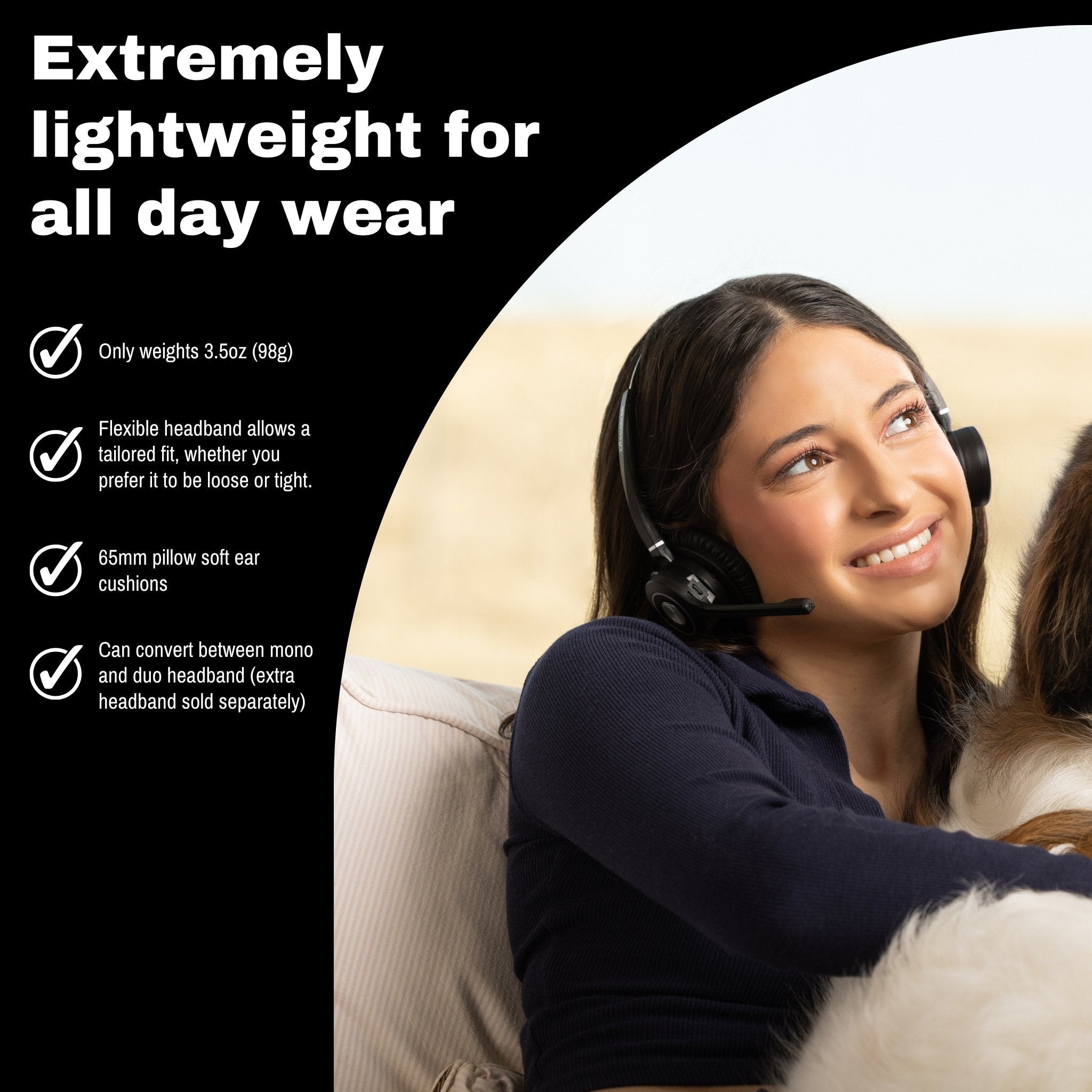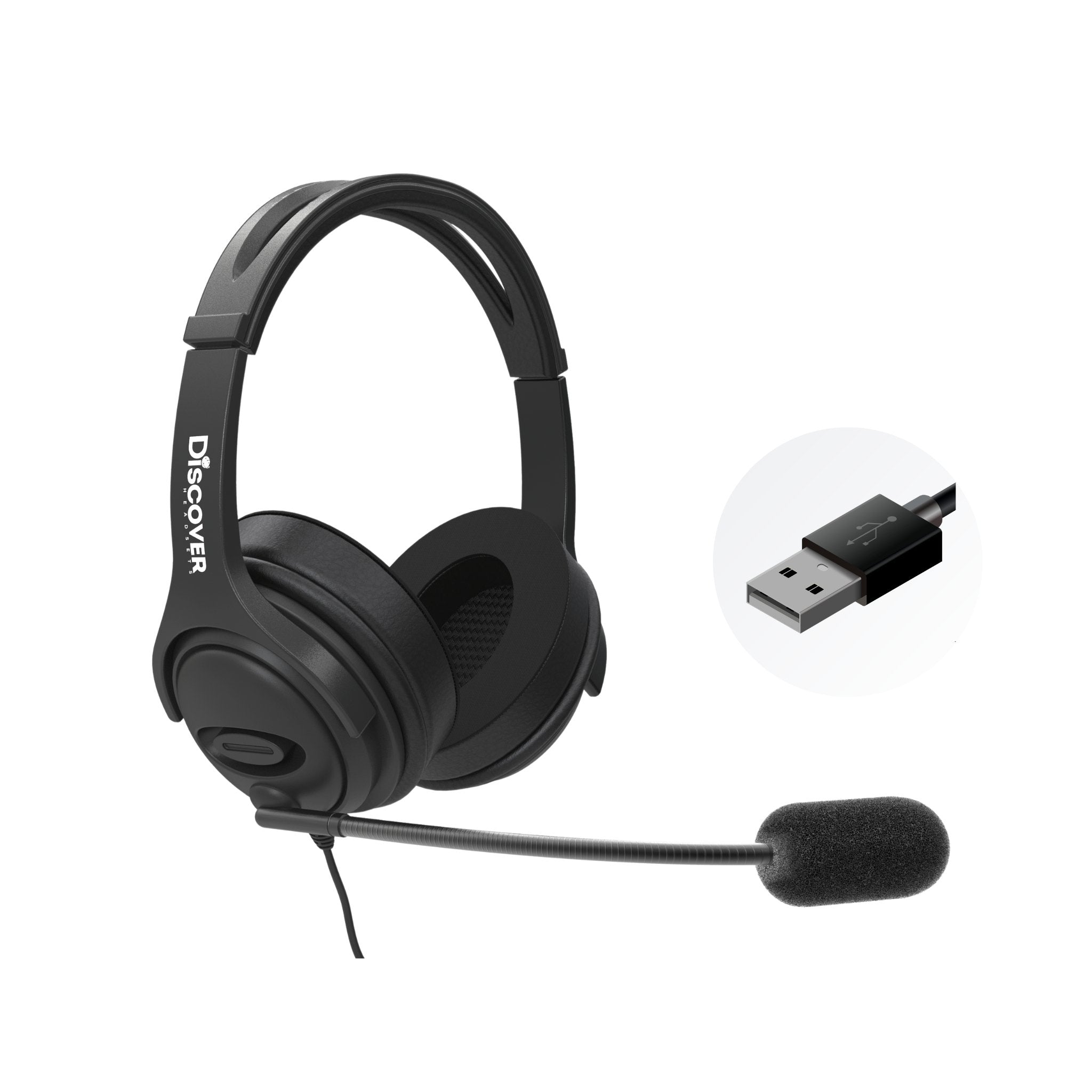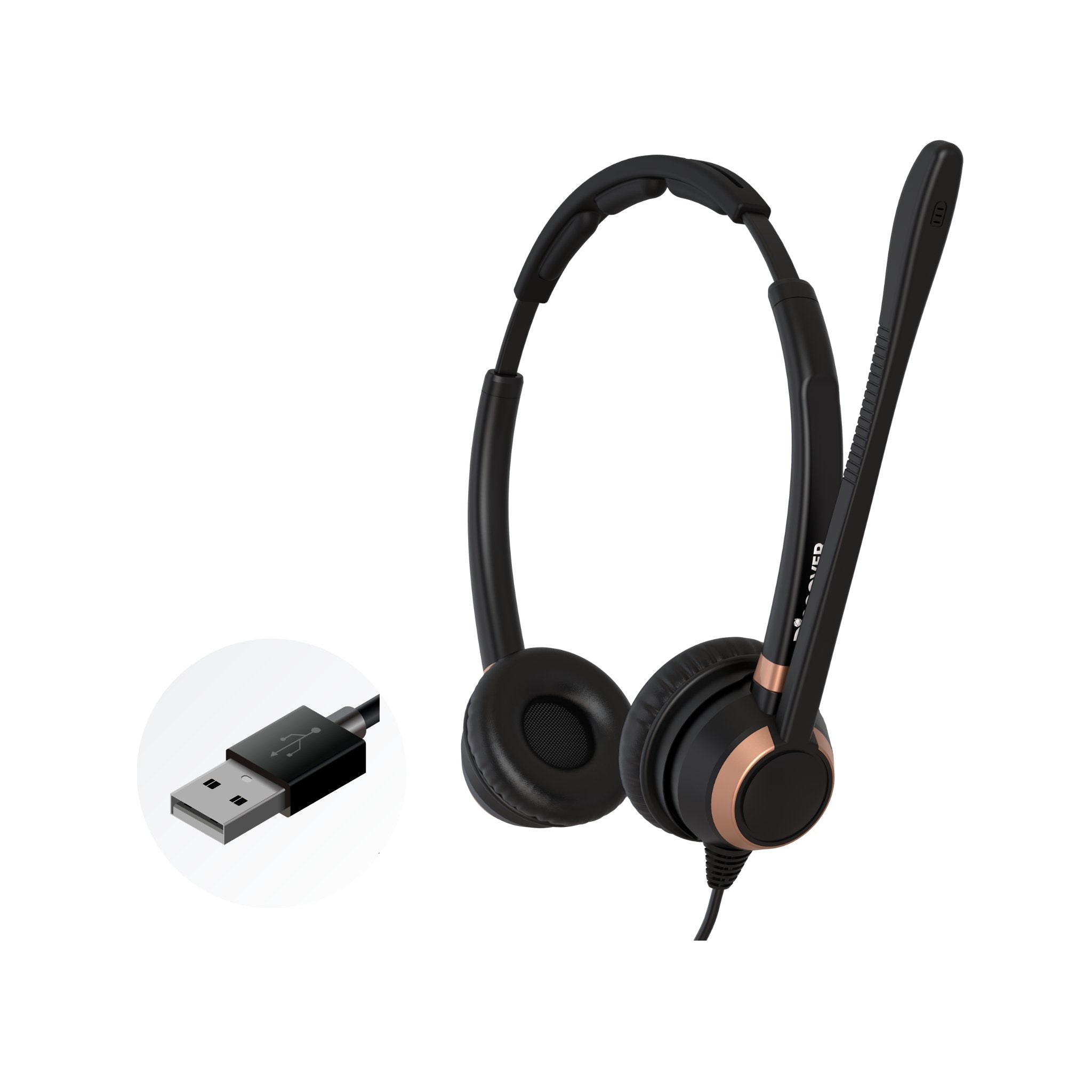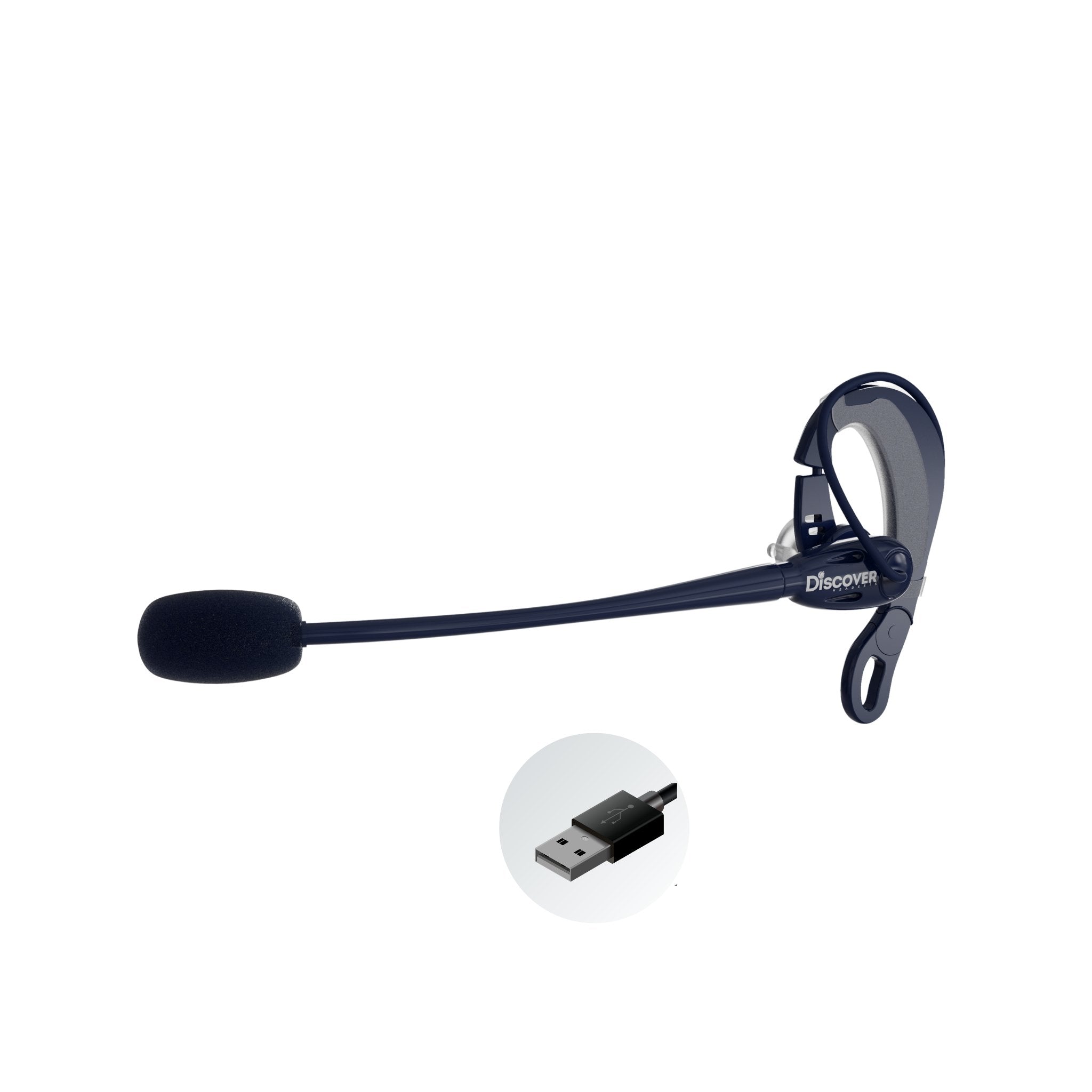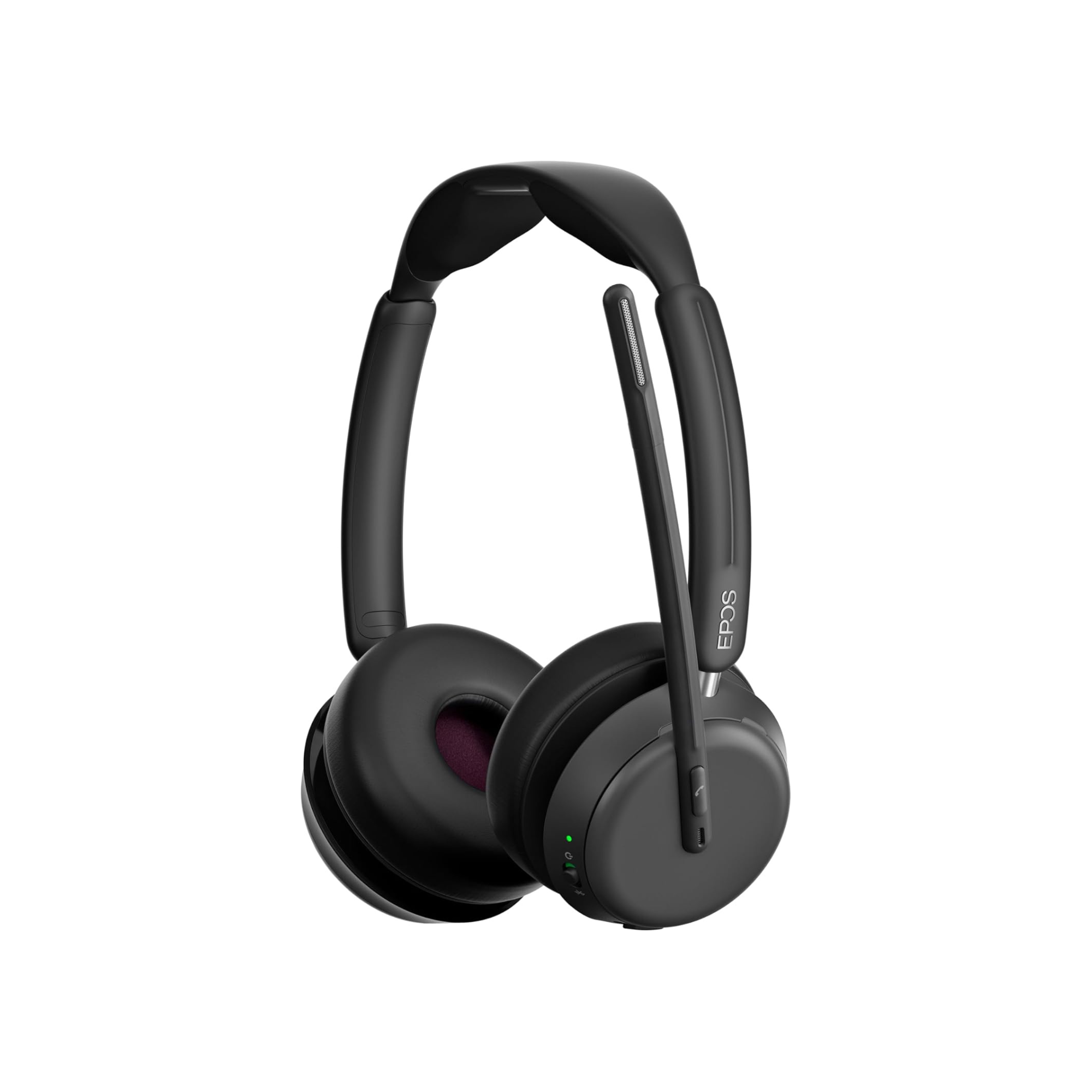Everyone who carves out a living on the phone has needs. And no, I’m not referring to the obvious, which is getting that raise you feel you deserve. No, I’m referring to something more basic, like the tools you need to do your job every day. And one of those tools that plays a key role in any Agent's typical day is a trusted call center headset like those offered by Jabra headsets.
A good call center headpiece, like Jabra headset, allows you to hear your callers well, and it allows them to hear you clearly too—especially when you’re using the best wireless headset for call center professionals that prioritizes clear communication. A headset is like a faithful companion that’s there to greet you every morning, and it’s ready to get to work when you are. No complaining and no requests for time off, just predictability, and consistency like you might get from, say, a Golden Retriever.
But with headsets, just like the four legged faithful, there are differences. And even though your headset might be a trusted device that you count on every day, is it giving you the best in terms of comfort and sound quality? Maybe. But then again, maybe not.
In this blog, I’d like to introduce you to a brand new Jabra device that’s designed as the ideal call center headset for Call Center Agent: the Jabra Engage 40. This is the newest member of the Engage family of headsets, and today, I’ll give you some information on this headset, and once you find out about it, you might come away with the thought that now is a good time for an update.
Jabra Engage 40 Review and Mic Test Video
Weight
When it comes to headsets, weight matters because in many cases, a call center headset is worn throughout the day, and a heavy device can cause discomfort. And the last thing you need is to have a bulky, heavy headset parked on your head all day long. Nobody needs the discomfort that comes along with that.
The Jabra Engage 40 weighs just two ounces. That’s light, especially compared to some other models of Jabra headsets that might weigh more. That’s about the same weight as two envelopes. So if you can imagine that, then you’ll have to agree that this headset is light, and that’s good news if you wear a headset for long periods of time.
Next, let’s find out how this headset connects, and the different configurations it’s available in.
Connectivity & Variants
The Jabra Engage 40 connects to devices via USB A, or C. Either way, you’re covered because the Engage 40 gives you the choice between both connectors.
It also comes in two versions, which is the Microsoft Teams variant, or the standard UC configuration. If you’re not sure which one is right for you, here’s a general rule of thumb;
- If you use Microsoft Teams exclusively for your business communications, then the Teams version is the one you’d want.
- On the other hand, if you use Teams, but you also use other UC applications, such as Zoom, RingCentral or others, then you’d want the UC variant.
You can get the Engage 40 in a single or double ear configuration. Some prefer to have one ear open to hear their surroundings, while others want to block out as much of the background noise as possible. Either way, you have a choice between a single or double ear wearing style.
Wired USB headsets typically have an inline controller, so let’s find out what you get with the Engage 40.
Inline controller
First, you can get it with, or without an inline controller. So, you have the choice.
But, for those that opt to get it with one, there’s not too much to say about it because most of the functions are pretty typical to what other headset controllers do. You can adjust the hearing volume, take and end a call, and mute the microphone. There’s also a customizable button that allows you to control things like push to talk, busy light, mute and more. Even if you just need to call a Supervisor for some help, it’s just a button click away because that too can be programmed.
The next headset up the line in the Engage series is the Engage 50 II, which allows you to detach the headset cable from the controller. This gives you the ability to use the inline controller, or not. The Engage 40 is hard wired, so you don’t have that option.
If you're working in a noisy office or a bustling call center, having a high-quality call center headset with noise cancellation is essential to ensure callers don’t hear background noise. That’s why many opt for the top wireless headset for call center use to guarantee a noise-free experience. So how good is the microphone on the Engage 40?
Microphone
Knowing a few things about the microphone is helpful because sound quality is among the top things that are important to customers, so here’s what you get with the Jabra Engage 40.
First, It comes with two noise canceling microphones. This allows you to be heard loud and clear, and it’s designed to help remove background noise. I realize that a lot of headsets claim to sound good, and reduce noise well, but just because they say it’s so, doesn’t make it so. We tested the Engage 40 for sound quality, and noise reduction, and this headset sounds great, just like its big brother the Engage 50 II.
The sound is crisp, clear and professional, and we put it up against the sounds of office noise, barking dogs and our signature blender test. In each case, the Engage 40 excelled at eliminating the noise. That means if you work in a noisy environment, chances are your callers won’t hear the sounds going on around you.
In terms of voice audio quality, it’s top notch, and on par with any high-quality Jabra headsets, in any price range.
Another thing we look at is how well the headset maintains the voice quality when the microphone is working to reduce background noise. This is an area where a lot of headsets struggle. The Engage 40 gives you a choice between a single or double ear wearing style, for those seeking the best wireless headset option for call centers in a busy call center environment.
To me, the highlight of this headset, besides being lightweight, is the sound. You could easily pay more for a business headset, and get sound that’s not as good as this. So if having great audio quality is important to you, then this is a headset well worth your time to consider, especially if you are using top-rated call center phones and headsets for your communication needs. Or, you can skip all the analysis and just lay down the money to get one because I doubt you’d be disappointed.
Headset Software
These days, a lot of headsets work hand in hand with downloadable software. The Jabra Engage 40 is one of them because there’s software for it to do all the normal things like adjusting audio preferences, adjusting the microphone features, and configuring call alerts for professional call center phones and headsets to name a few. But, the Engage 40 gives you more.
There’s some new software called Jabra Engage + that really ups the Contact Center Agent game. This software provides user feedback in real time. While on a call for example, the Agent will be notified when the call exceeds a preset duration. This helps to prevent calls from dragging on, which can leave other callers waiting. This feature is user set, so it can be changed to meet your specific call length needs which puts you in control because you set the parameters.
You can also be notified when you’re interrupting your callers too much. Although a periodic interruption might be acceptable (here and there), interruptions, when they’re too frequent, can become negative, and result in a less productive call.
We’ve all been on a call where we’ve been interrupted a lot. That can be frustrating because that makes it hard to get your points across, or it leaves you feeling that what you have to say isn’t important. The Engage + software alerts the Agent when this is happening so the Agent can take immediate corrective action.
Jabra Engage+ software can also notify you when background noise is reaching critical levels, or when your microphone is muted. It’s capable of much more, but overall, it’s designed to give agents immediate feedback so they’re more productive, and callers are given a better experience.
Besides being compatible with the Engage + software, the Engage 40 headset is fully compatible with the Jabra Direct, Jabra Xpress and the Engage Ai software applications for all-in-one call center phones and headsets integration applications. So whether you’re managing a single headset, or a global team, there’s a Jabra software application that will help you get the most out of your headset, and allow you to be as productive as possible.
And by the way, these software downloads are free. Make sure to check with your IT department to find out if downloading software is allowed. Many companies restrict employees from downloading software out of security concerns, so it’s good to check in advance.
Moving on, what about Contact Center and UC Platforms, what is the Engage 40 able to be used with? Let’s take a look.
Apps & more Apps
By and large, The Engage 40 works with pretty much everything, making it a great option for teams relying on top-performing call center phones and headsets for seamless communication. For example, you not only get compatibility with all the leading Contact Center, and UC Platforms, the Engage 40 also gives you call control for applications such as Amazon Connect, Genesys Cloud CX, and NICE CXone. To get call control, you do need to have the headset version that has the inline controller, because the Engage 40 is available without it.
It’s a fact that a lot of companies use Microsoft Teams. The Engage 40 has you covered because it’s compatible with it, ensuring smooth integration with Microsoft-compatible call center phones and headsets. You can even get a Teams specific Engage 40 headset that’s optimized for Teams that gives you several convenient features not available on the UC variant.
Even if you’re using RingCentral, Zoom, Google Meet, Dialpad or others, rest assured that the Engage 40 has your back. And that includes Windows or MAC operating systems.
You might be thinking that the Engage 40 sounds like the perfect headset for anyone who spends their day on the phone, especially if they need the most reliable wireless headset for call centers. And you’d be right about that. But there’s always this one thing that looms in most people’s thoughts, and that’s pricing.
As good as the Jabra Engage 40 is, price does matter, especially when compared to other affordable Jabra headsets that could also be considered the best wireless headset choice for call centers on a budget. So, let’s see how this headset is priced.
Pricing
Jabra Engage 40 mono (single ear) without the inline controller $179.00
Jabra Engage 40 mono (single ear) with the inline controller $219.00
Jabra Engage 40 duo (double ear) without the inline controller $199.00
Jabra Engage 40 duo (double ear) with the inline controller $239.00
And the warranty that comes with the Enage 40 is 3-years. That’s unusual for a wired headset because most come with a 1 or 2-year warranty. That tells me that Jabra is confident in these models by including an extended warranty.
A longer warranty is longer peace of mind because if anything happens to the headset over that period of time, it’s covered. You’re covered longer, and you avoid the potential for costly repairs or replacements.

